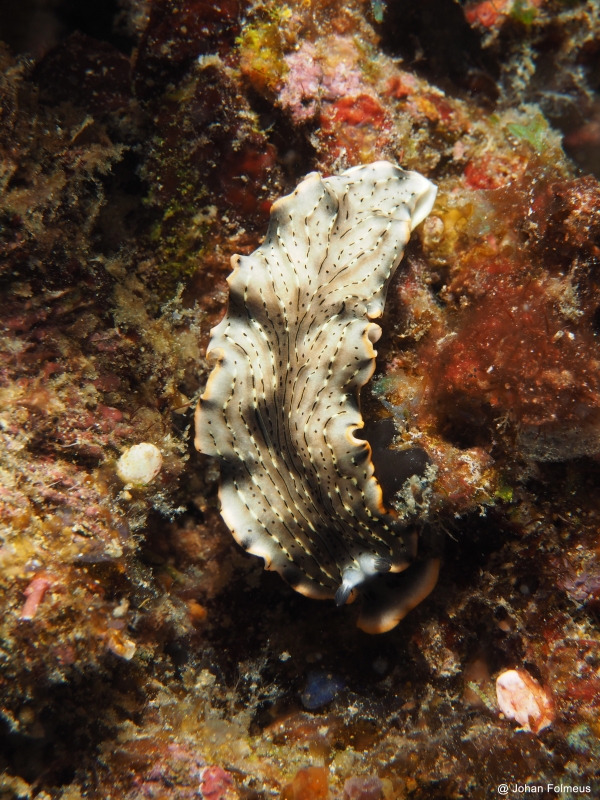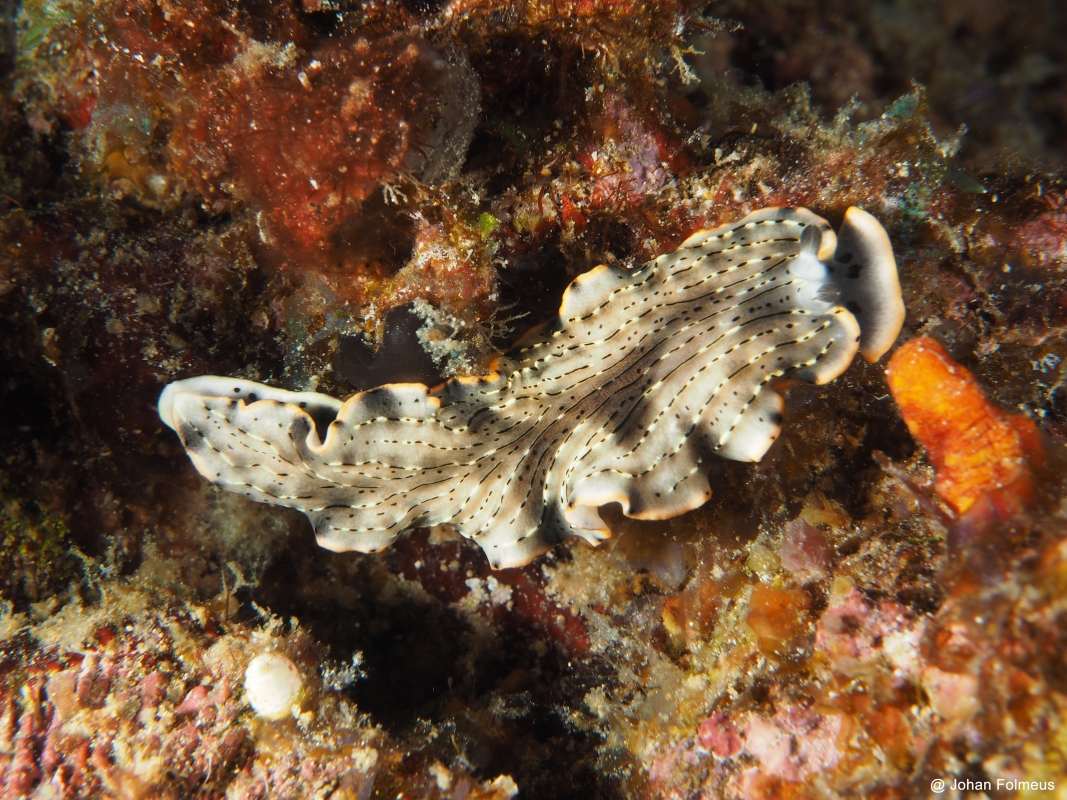Acanthozoon Flatworm
Acanthozoon Flatworm
|
Acanthozoon Flatworm
Acanthozoon sp.
|
|
|---|---|
| Scientific Rank | |
| Kingdom: | Animalia |
| Phylum: | Platyhelminthes (Flat worms) |
| Class: | Rhabditophora (Flatworms) |
| Order: | Polycladida (Flatworms) |
| Family: | Pseudocerotidae (Pseudocerotidae) |
| Genus: | Acanthozoon (Polyclad Flatworm) |
| Species: | Acanthozoon sp. |
Acanthozoon Flatworm - Where Can You Find Them When Scuba diving?
Thailand
Maldives
Indonesia
Myanmar/Burma
Have you ever seen Banded Sea Krait when diving?
Is there anything you would like to add or change about the Banded Sea Krait?
Let us know your thoughts by adding a comment below.
Add comment
Comments
Contact
Information
Easy secure payments
![]()
![]()



Also in Indonesia on Gili air.